Embracing AI in Fashion Design: How to Leverage Technology for Creative Inspiration
- Maria Korovilas
- Nov 19, 2024
- 4 min read
As Artificial Intelligence (AI) continues to evolve, many of us feel uncertain about its impact on the creative fields and the job market at large. The fear of losing opportunity and relevance to machines is real and understandable. However, instead of viewing AI as a competitor, we can harness it as a powerful tool to enhance creativity and resourcefulness. When approached thoughtfully, AI can become a reliable partner in the creative process.
AI’s potential in creativity is significant. Instead of simply automating tasks, it can help us brainstorm, innovate, and design in new ways. After feeling initial concerns about its implications, I discovered for myself that AI can serve as an exceptional “thought partner” for generating ideas, direction... and honestly, it's like having yourself as the superpower assistant you've always wanted..
The Fear Factor: Understanding Concerns Around AI
The anxiety surrounding AI is widespread. Many worry that machines will replace human roles in creative fields. As a Fashion Design academic, I have observed both anxiety and excitement among my students. The true challenge is understanding how to effectively integrate AI into our creative workflows.
For instance, professionals in the creative industry must provide AI with quality inputs to get useful outputs. Think of it this way: a chef who uses high-quality ingredients is more likely to create a delicious dish. Similarly, AI thrives on well-thought-out prompts and data, making it essential to grasp what context drives fruitful engagement. I always say "No one can ever do you, better than you can do yourself." And that rings still true even with AI. AI will never put together the unique style of prompts full of creative references- and with the mental steering needed- that a legitimate creative would conceive of. We are always pushing into new places and pulling things in from various places based on the cultural zeitgeist, that is our human strength. Artists "read the room" based on that unique, 6th sense, emotion.
The Importance of Context: Research and References
To maximize the benefits of AI tools, users must understand the importance of context. This goes beyond simply using AI to generate ideas; it involves curating a diverse set of references. I’ve noticed that many from Gen Z, while excelling in tech use, often rely heavily on platforms like Pinterest as their primary source for inspiration. While Pinterest is useful, it tends to narrow the scope of their creative exploration and should not be considered as a "primary" source.
For example, many in the new generation who've grown up on screens could benefit from digging deeper into libraries for books, magazines, and articles that provide historical and cultural insights related to their projects. They can immerse themselves in more physical spaces and less via technology, as one dimensionally sourced work can feel very flat. This richer context can lead to more distinctive and innovative designs. Reports show that 70% of successful creatives engage in various research methods to deepen their understanding of their work. Doing this work makes the knowledge part of your authentic understanding. You feel it in your bones, because you've "learned" it.
As creatives, we should strive for resourcefulness. By seeking out diverse sources of reference and inspiration, we can create unique projects that resonate emotionally. That said, you can tie this knowledge back to AI for stronger results using all tools in a harmonious way.
Using AI as a Creative Partner
Recently, I worked on a project that had been at the back of my mind for a while. I collaborated with AI to explore different design interpretations. Partnership with AI is becoming one of the most rewarding creative experiences that I crave doing. It's FUN!
Using AI, I generated a variety of design combinations that drew inspiration from vintage 1970s Holga photography, Karl Lagerfeld Chloe, 80s Laura Ashley, Liberty of London prints and the wild yet old monied English gardens. I also gave varying references around quilting, fabric manipulation and other print directions to conceive of textile developments that could be used in this collection. I managed to create images featuring vibrant pastels and intricate floral prints that resonated with my 70s Lo-fi vision.

I love that these images don't look necessarily computer generated as so many AI images can look. That's the importance of the photography reference.
After generating designs [from the sketchbook to the textiles, to the looks themselves] that piqued my interest, I took the extra step of refining these ideas using Photoshop. The creative process highlighted a crucial point: while AI can be a great source of inspiration, the final creative expression always comes from human insight and flair. It’s all about leveraging technology while allowing our personal creativity to shine through.

The Future of Creative Work: Fear or Opportunity?
The central message here is simple: don't fear AI. As long as people remain resourceful and willing to adapt, there will always be a role for us in an AI-enhanced world. Embracing AI opens new doors for creativity rather than closing them.
This transformation allows us to refine our understanding of design and innovation. For emerging creatives, it is essential to bridge the gap between technology and traditional research methods. Learning to harmonize analytical skills with creative thinking will be key as we navigate this exciting junction of creativity and technology.
Embracing AI in Fashion Design for Creative Growth
And so, while it’s completely natural to feel concerned about AI technologies, especially AI in Fashion Design, my experience has been one of exciting collaboration. Embracing the role of AI as a thought partner can catalyze our creative processes.
By staying curious, committed to ongoing learning, and aware of the need for quality and creative references, we can all thrive as we enter an AI-integrated future. For the next generation of creators, I encourage you to go beyond quick image searches. Dive into historical texts and cultural references that inform your work. As we continue forward, despite potential shifts in the landscape, our ability to innovate remains limitless. With the right tools and mindset, exciting creative possibilities lie ahead.
Check out some more work from this project!
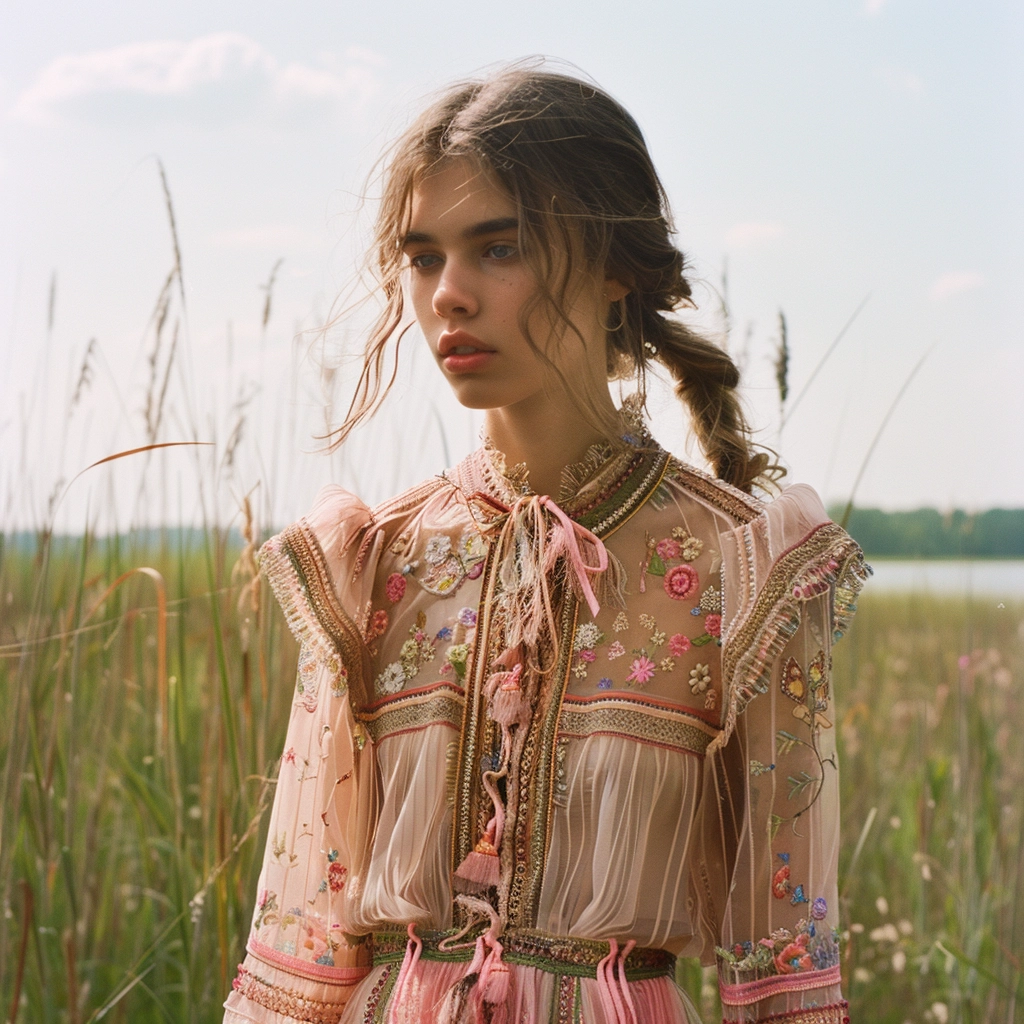


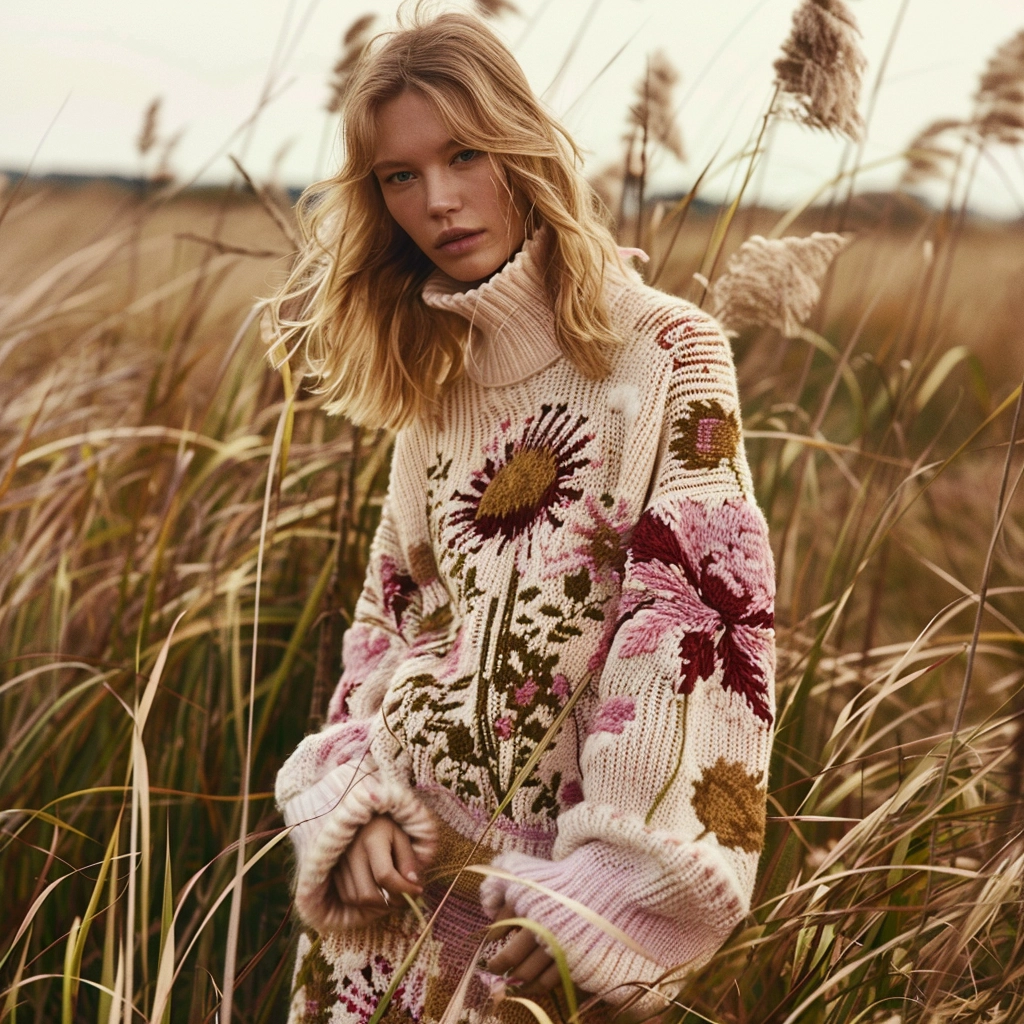
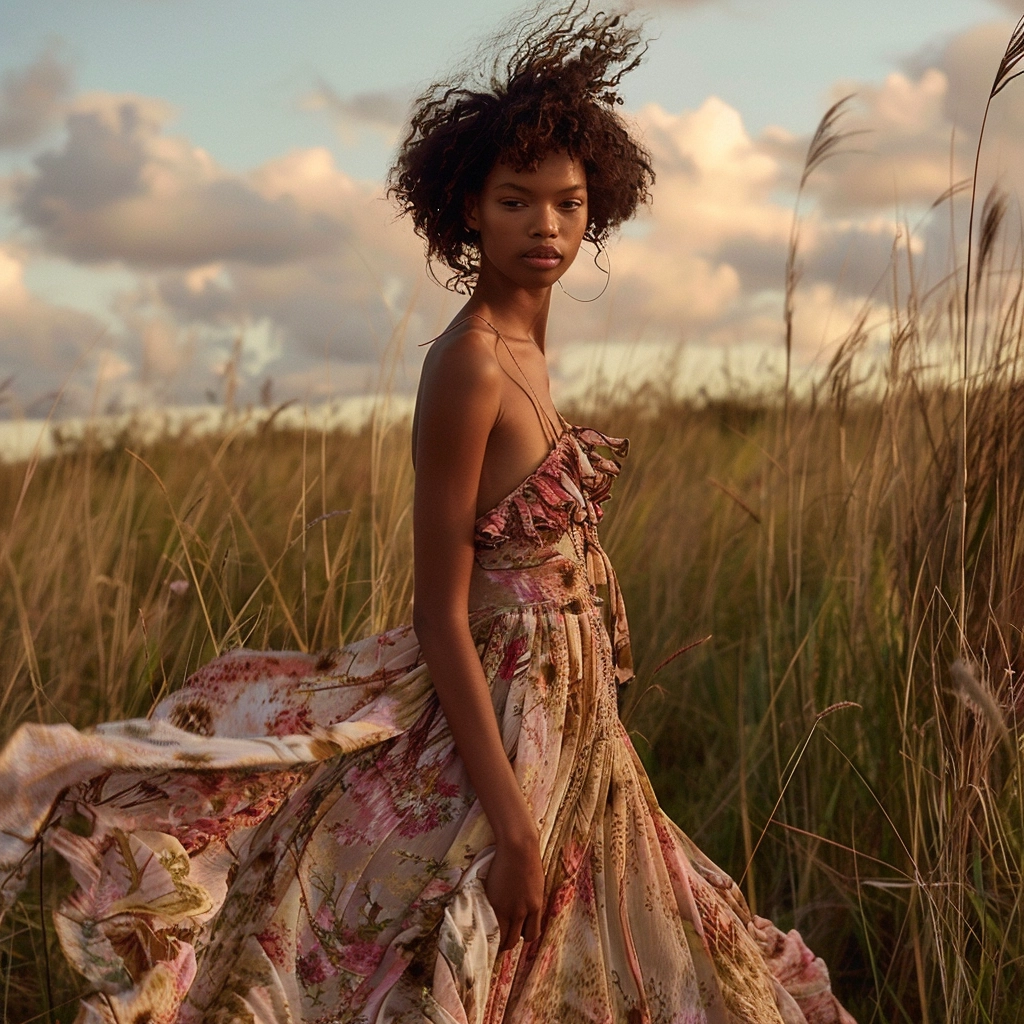
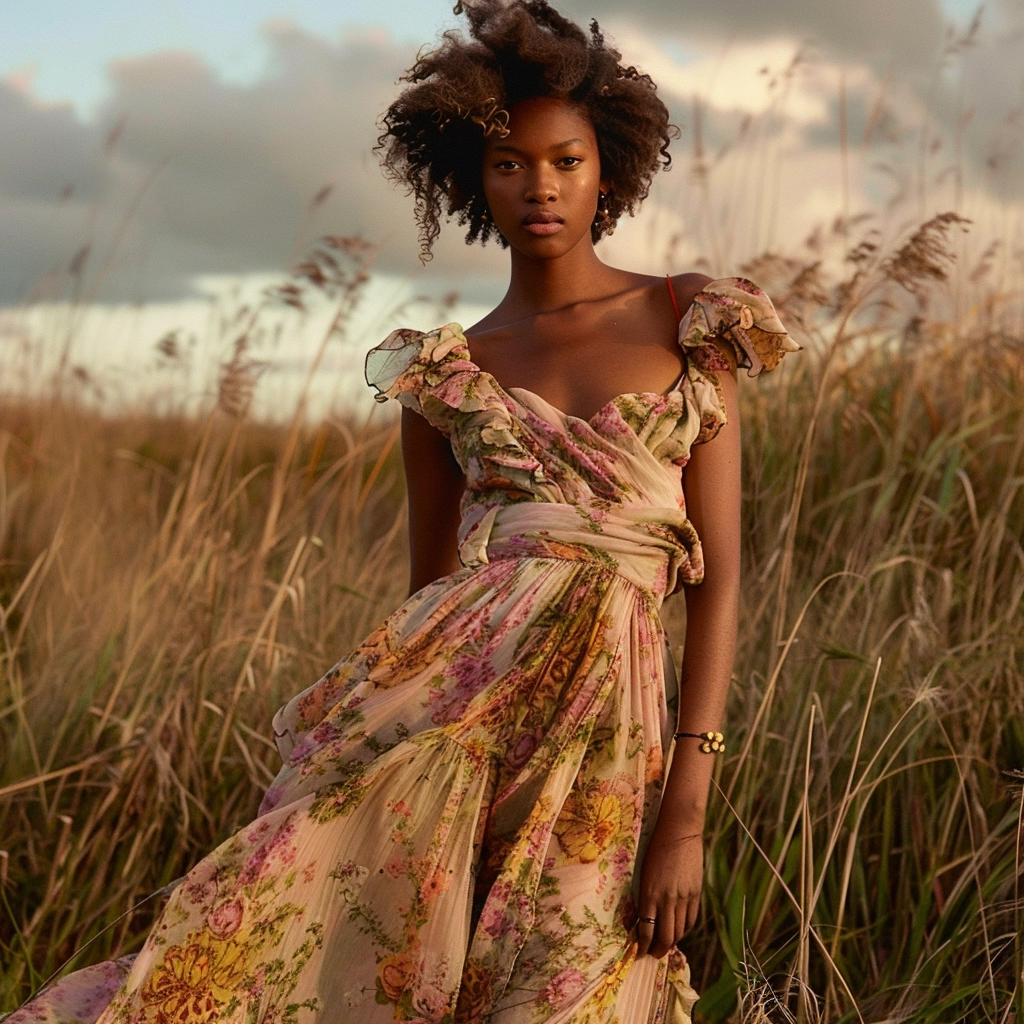
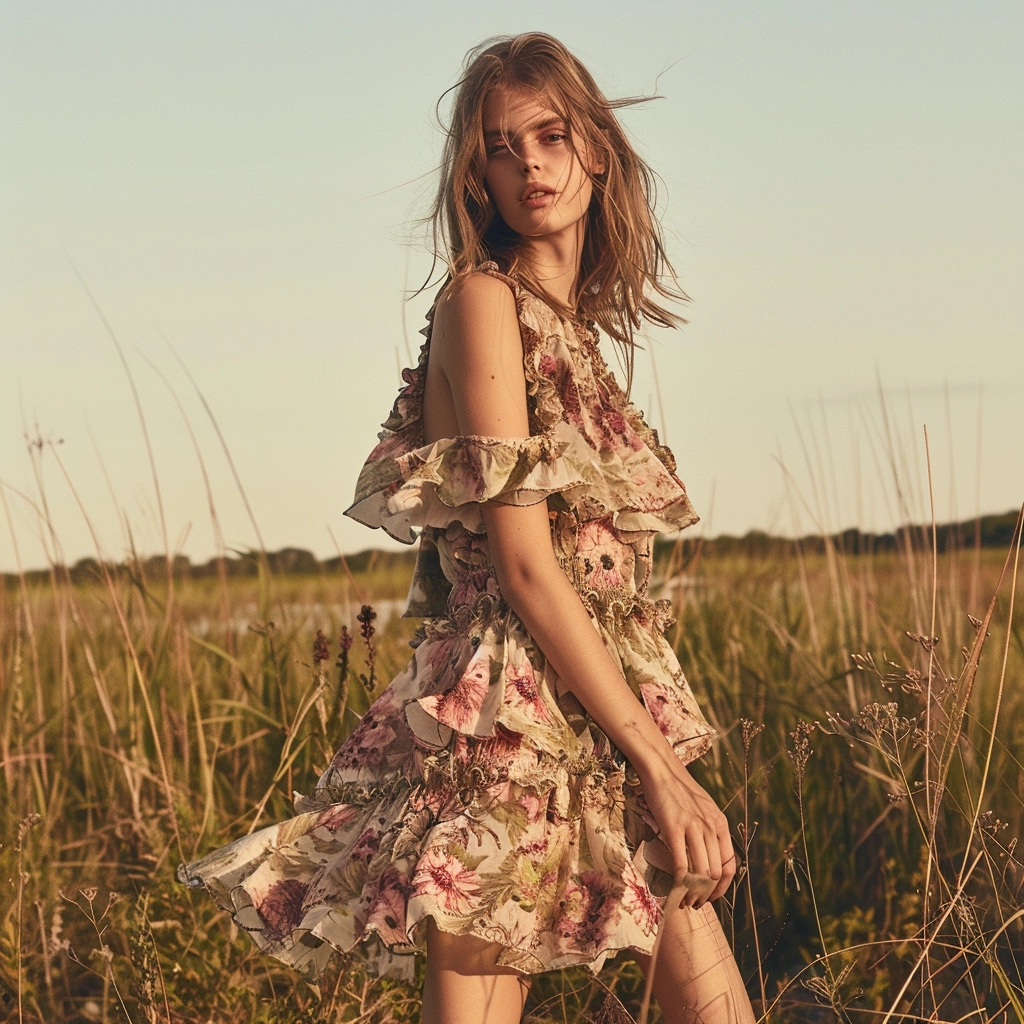

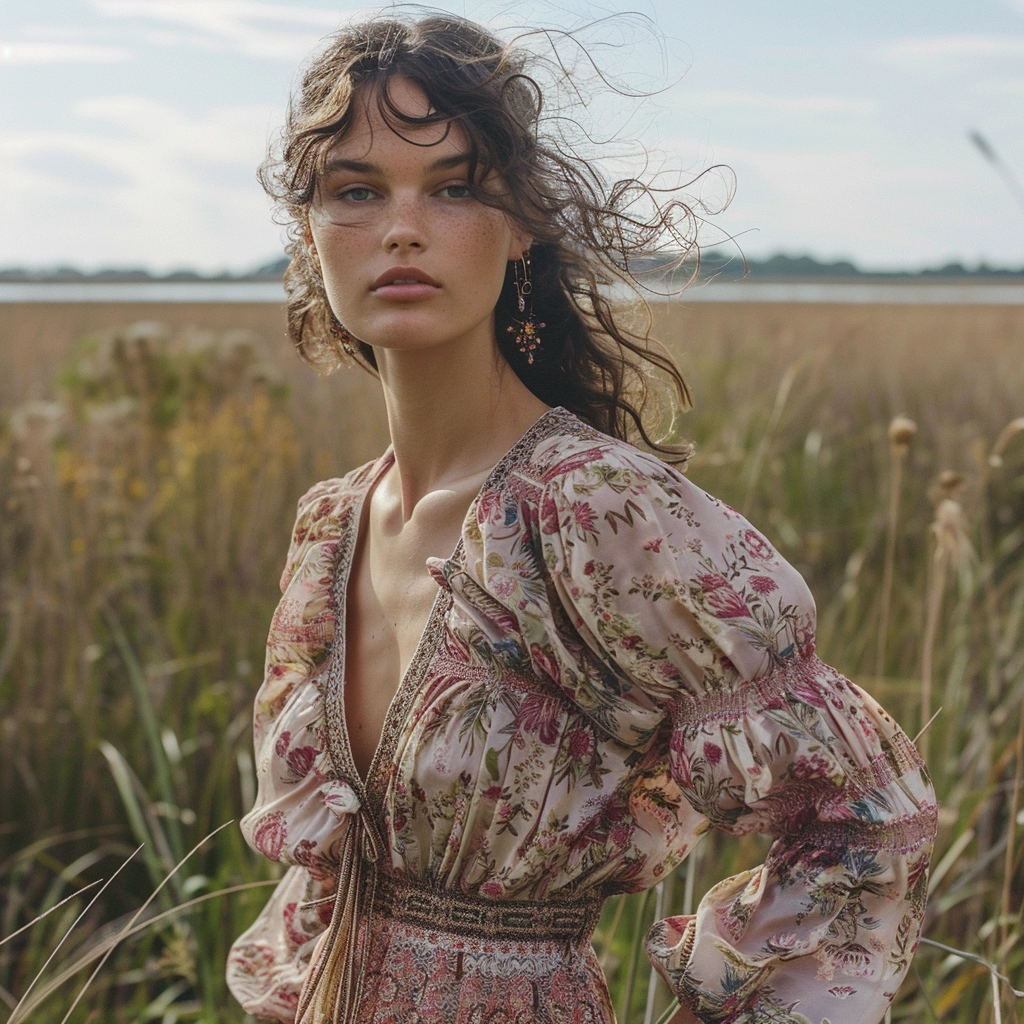
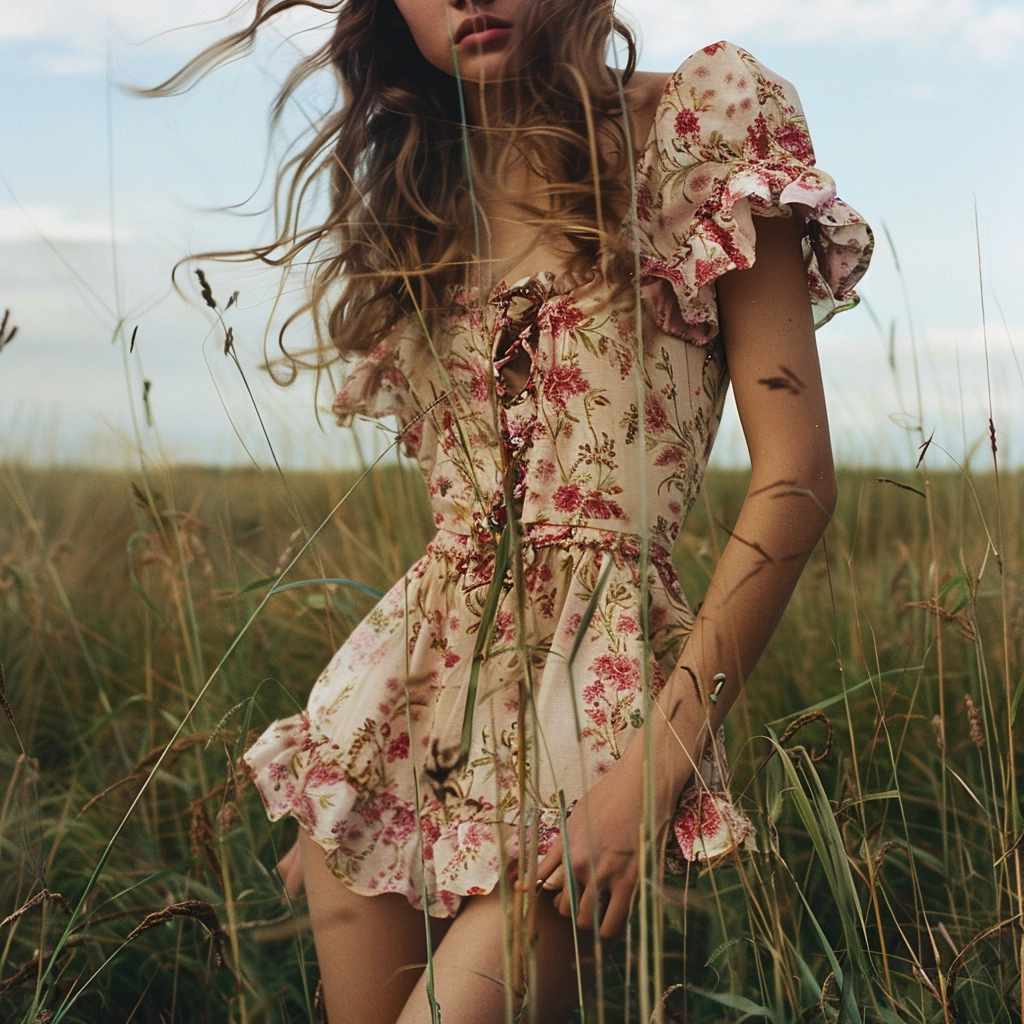
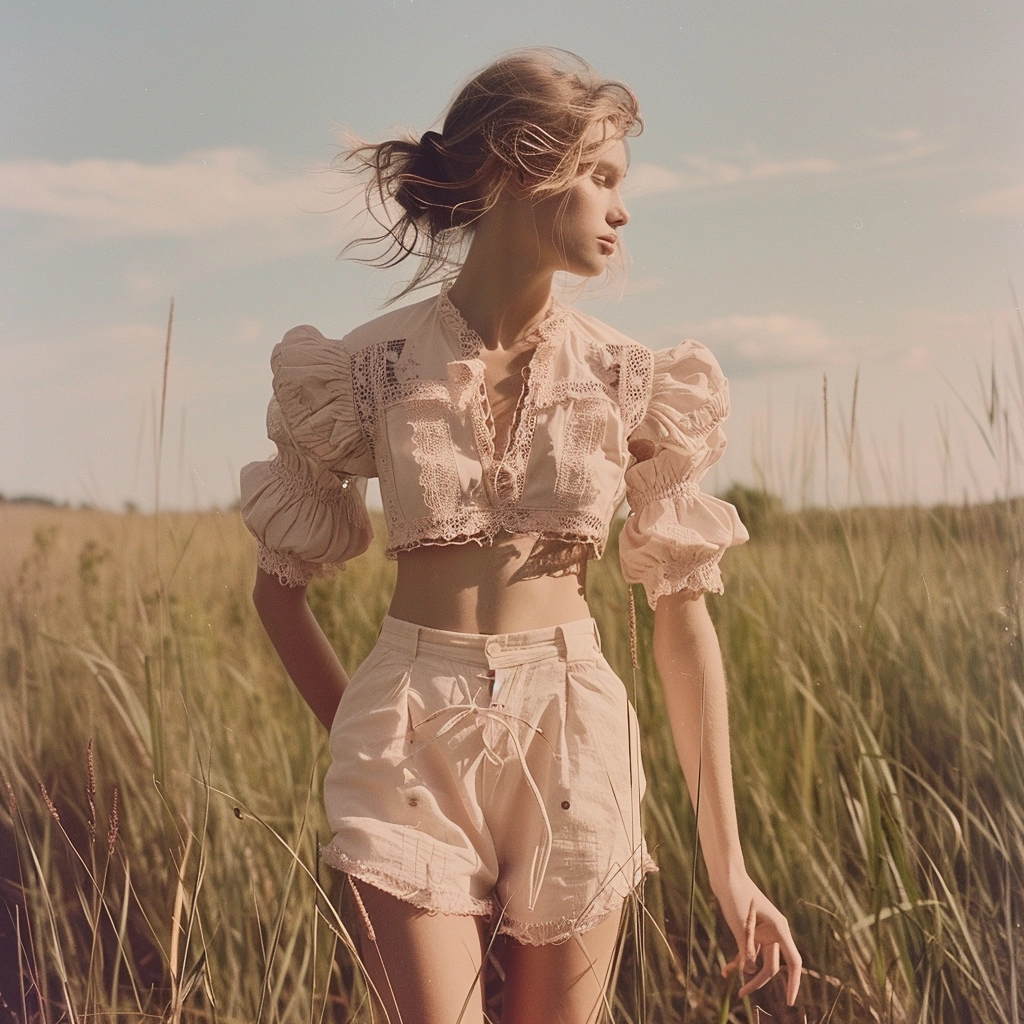
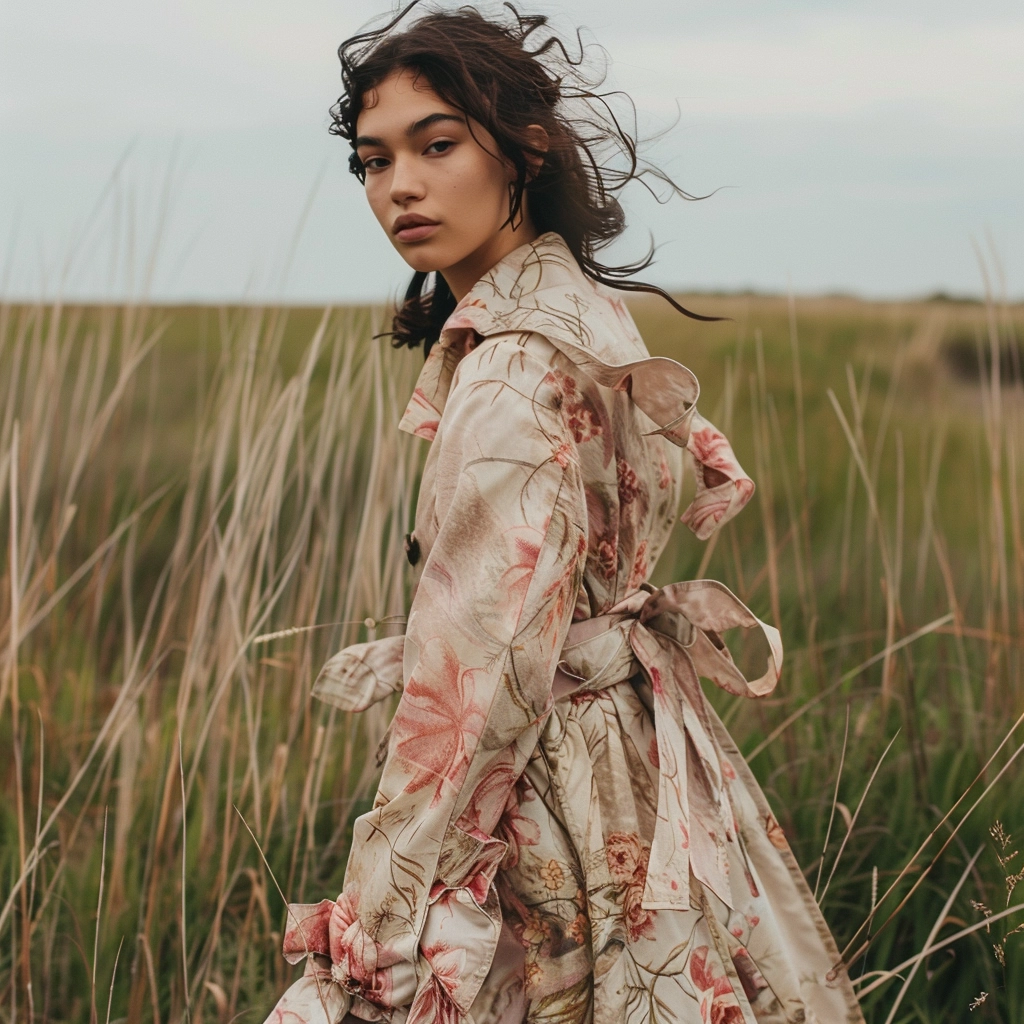

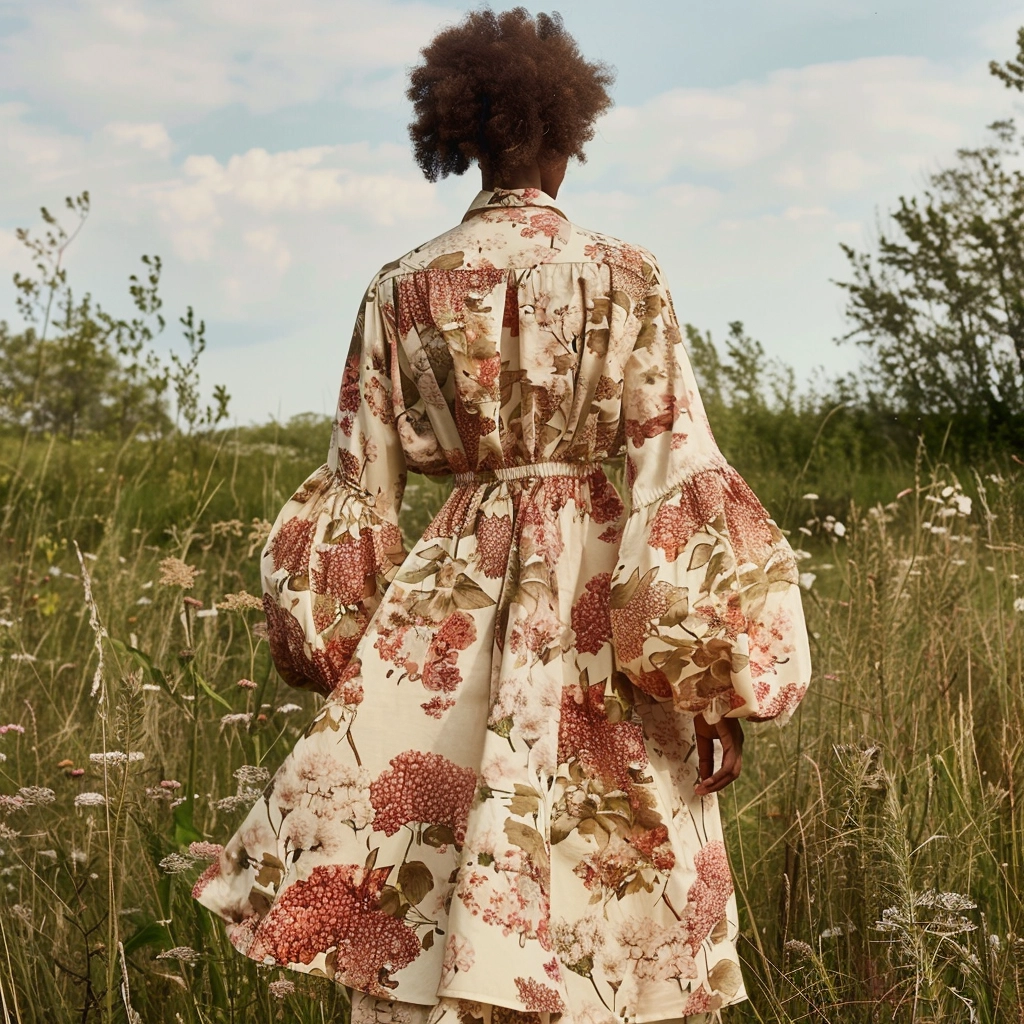
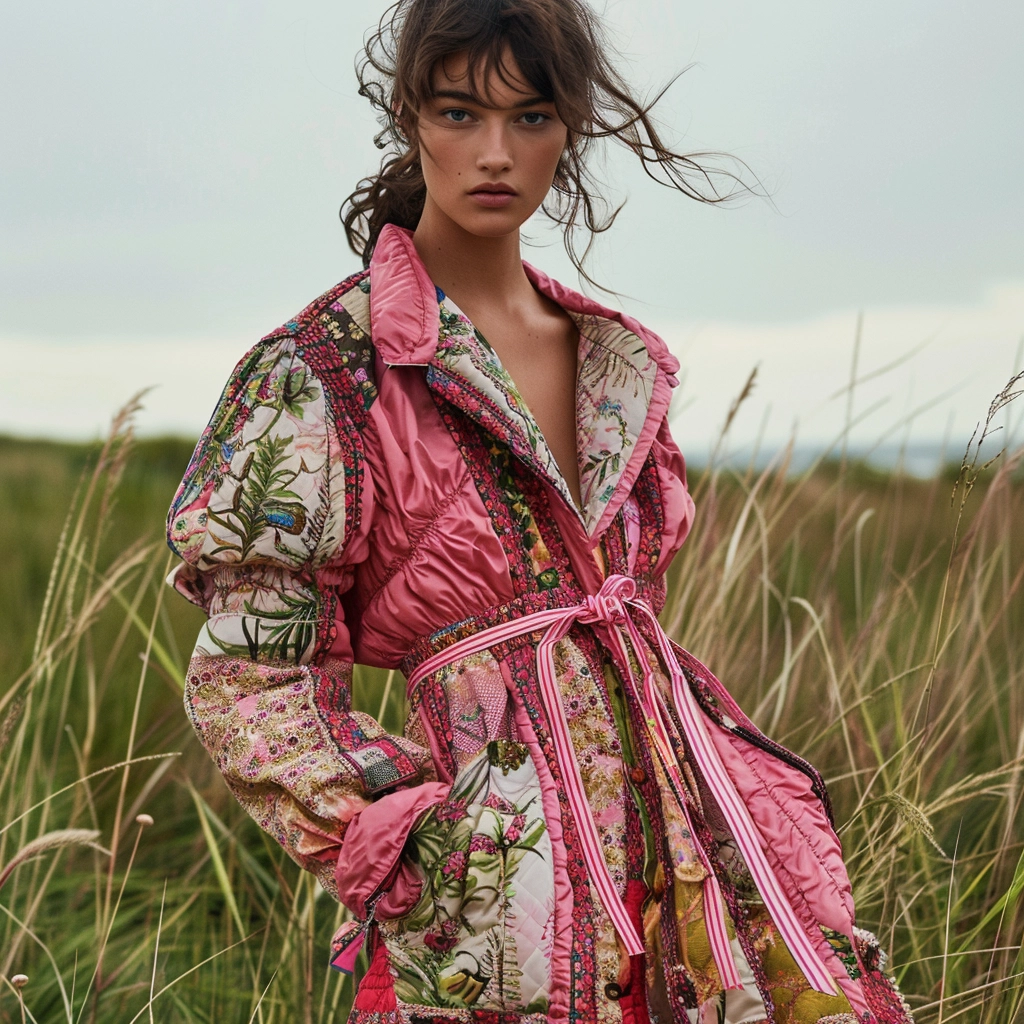
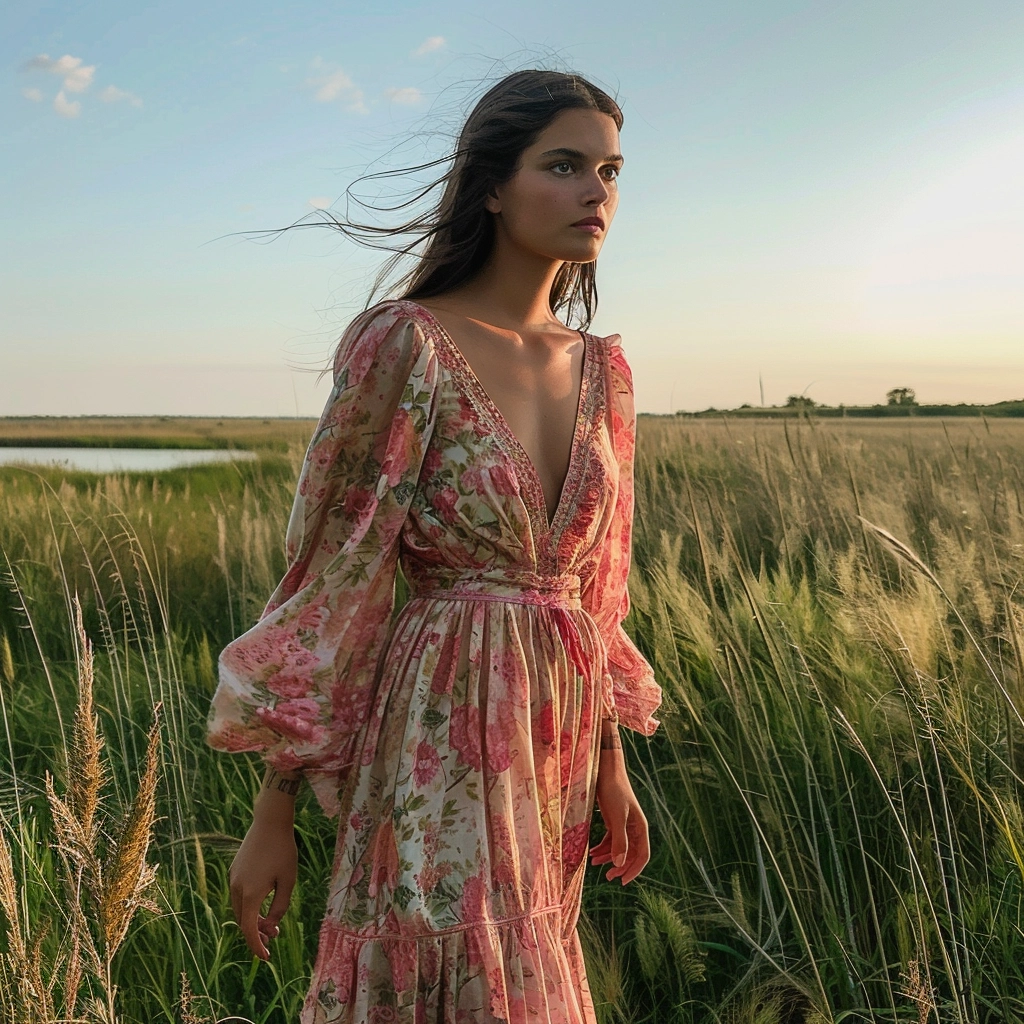
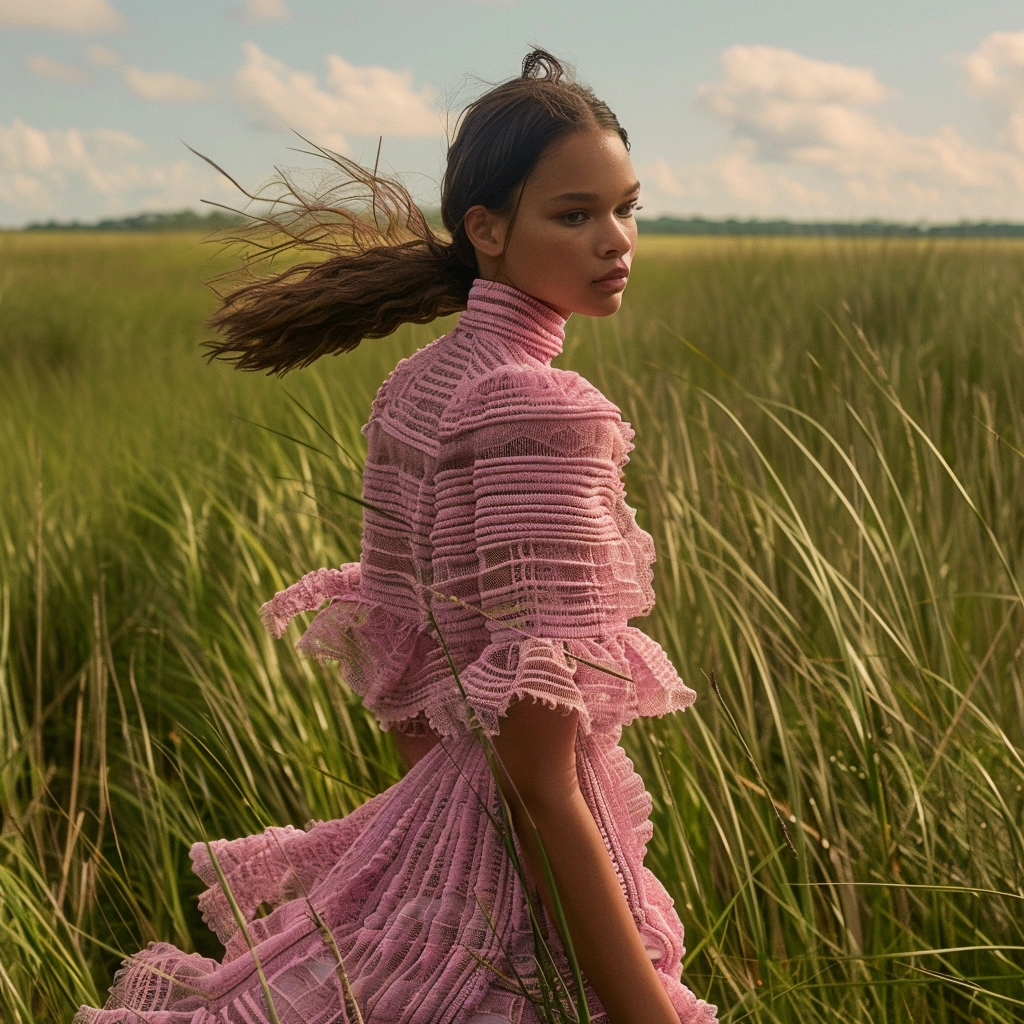
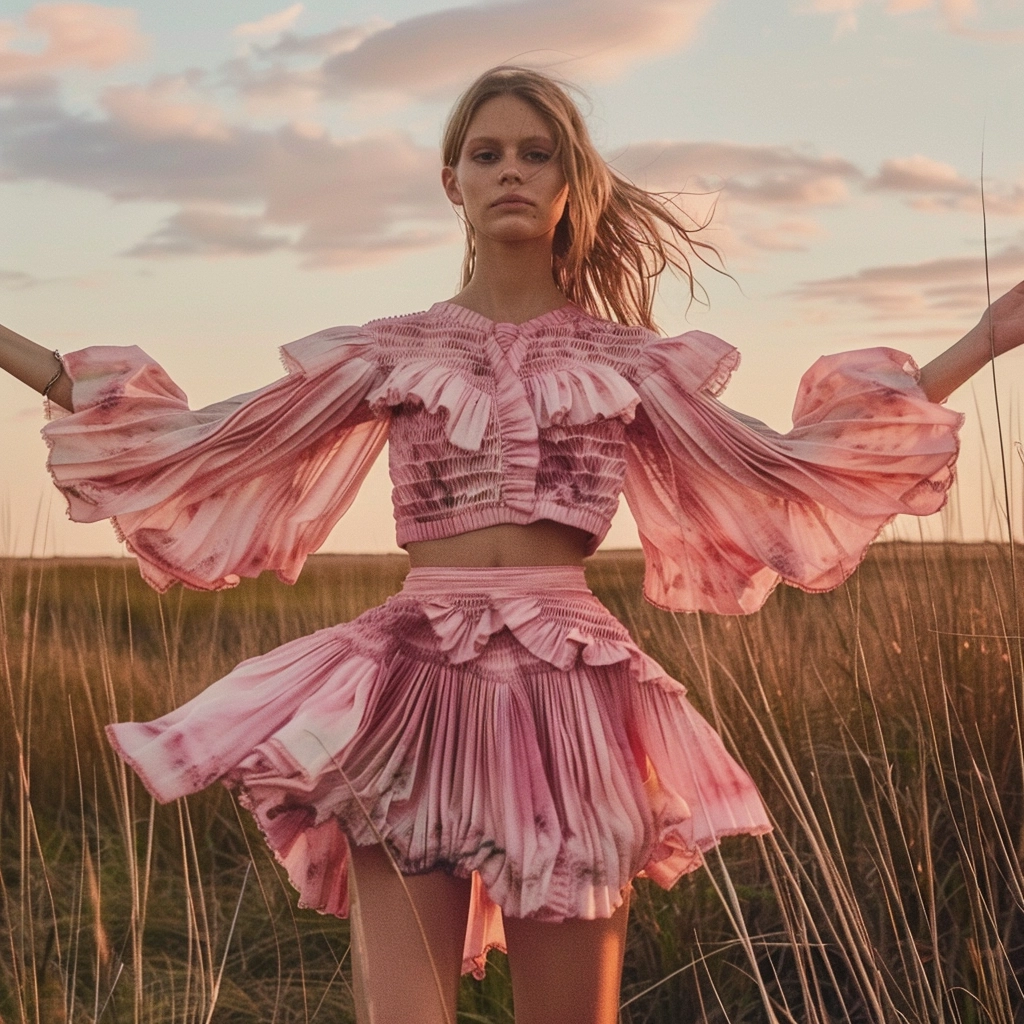





















Comments